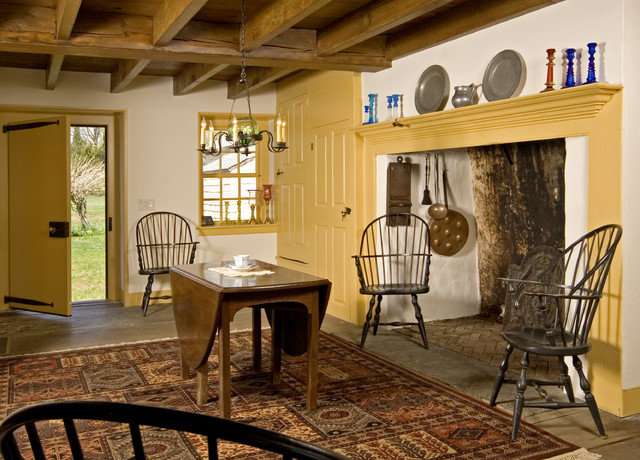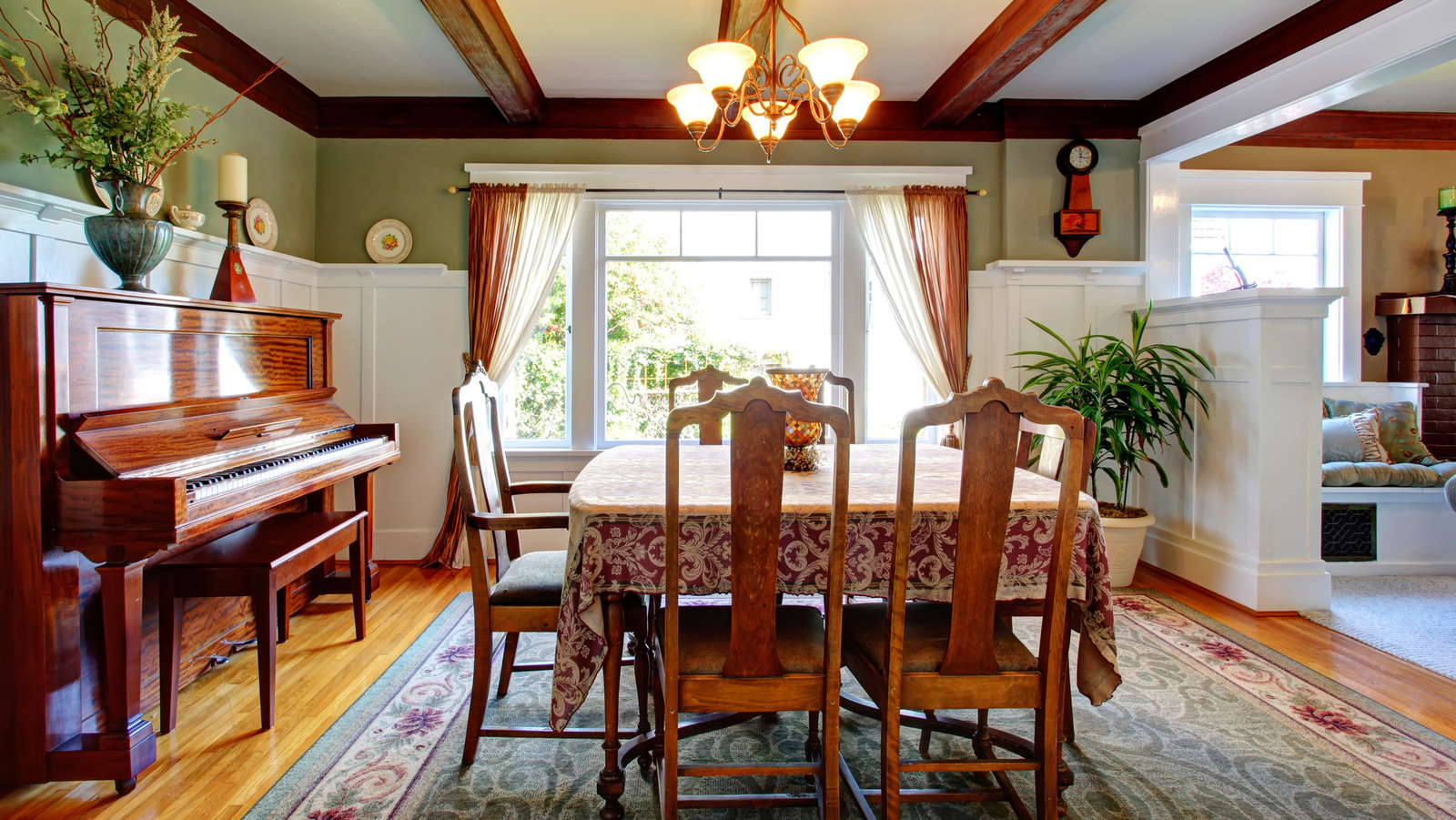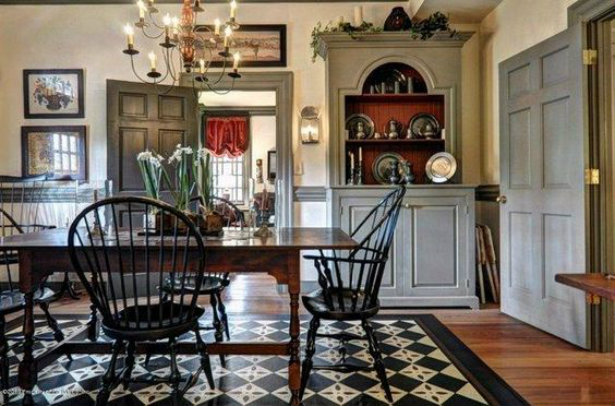As a lifelong lover of history and design, I’ve always been fascinated by the rich tapestry of America’s colonial past. The American colonial decor style captures the essence of an era that was characterized by simplicity, functionality, and a warm, inviting atmosphere. Not only does this style evoke a sense of nostalgia, but it also offers a timeless appeal that can transform any space into a cozy haven. In this article, we will explore the elements that make up American colonial decor, its history, and how you can incorporate this beautiful style into your home.
Table of Contents
- 1. The History of American Colonial Decor
- 2. Key Elements of American Colonial Decor
- 3. Color Palette
- 4. Furniture Choices
- 5. Textiles and Fabrics
- 6. Decorative Accessories
- 7. Room-by-Room Guide to American Colonial Decor
- 8. Pros and Cons of American Colonial Decor
- 9. FAQs about American Colonial Decor
- 10. Conclusion
1. The History of American Colonial Decor
The American colonial period spanned from the early 1600s to the late 1700s, marking a significant era in the development of American architecture and interior design. This period was characterized by the colonization of various regions by European powers, each bringing their unique styles and influences. The British, Spanish, French, and Dutch all left their mark, and the result is a beautiful amalgamation of styles that we now recognize as American colonial decor.
The Evolution of Styles
Throughout the colonial period, different regions developed distinct styles based on geography, available materials, and cultural influences. Below is a brief overview of some major styles:
| Style | Region | Influences |
|---|---|---|
| New England | North East | Puritan simplicity, English traditions |
| Southern Colonial | South | Plantation wealth, French and Spanish influence |
| Dutch Colonial | New York | Dutch traditions, practical design |
| Spanish Colonial | South West | Mediterranean styles, adobe materials |

2. Key Elements of American Colonial Decor
Understanding the key elements of American colonial decor is essential for anyone looking to capture the spirit of this unique style. The focus is on creating warm, inviting spaces that reflect a sense of heritage and craftsmanship.
Architectural Elements
- Exposed beams
- Fireplaces as focal points
- Simple moldings and trim

Color Schemes
The color palette in colonial decor often reflects nature. Expect earthy tones, muted colors, and soft pastels that evoke a sense of calm. Consider shades like:
- Soft greens
- Warm browns
- Natural whites and creams
Material Choices
Wood is a fundamental material in colonial decor, with an emphasis on natural finishes. You might also find:
- Wicker and rattan in accessory items
- Iron and brass fixtures
_(14802032743).jpg)
3. Color Palette
Choosing the right colors is crucial in American colonial decor. The best color choices are those that mimic the earth and nature, promoting a sense of peace and tranquility.
Colonial Color Schemes
Here are some classic color schemes that work well in a colonial setting:

| Color Combinations | Description |
|————————-|———————————————-|
| Creams and Browns | Warm and inviting, perfect for living spaces |
| Blues and Grays | Reflective of New England’s coastal vibe |
| Green Accents | Soft greens bring in a touch of nature |
4. Furniture Choices
When it comes to American colonial decor, furniture plays a pivotal role. The furniture pieces are typically made from hardwoods like oak, maple, and walnut, showcasing the beauty of craftsmanship.

Types of Colonial Furniture
Here are some key types of furniture often found in colonial homes:
- Wingback Chairs: Renowned for their comfort and timeless design.
- Drop-Leaf Tables: Practical and versatile, perfect for dining areas with limited space.
- Trunks and Chests: Used for storage and as decorative pieces, often richly detailed.
5. Textiles and Fabrics
Textiles in colonial decor contribute to the warmth and homeliness of a space. The use of natural fibers is common, with patterns often inspired by nature.

Common Textile Patterns
- Florals: Used in upholstery and curtains, adding a touch of softness.
- Stripes: A classic choice for fabrics, often seen in table linens and cushions.
6. Decorative Accessories
Accessories bring personality and warmth to American colonial decor. The right accessories can tie a room together beautifully.

Must-Have Accessories
- Candlesticks: Brass or wrought iron candlesticks offer an authentic touch.
- Rugs: Handwoven rugs in muted colors can add texture and warmth.
- Wall Art: Landscape paintings or vintage maps can enrich the colonial aesthetic.
7. Room-by-Room Guide to American Colonial Decor
Let’s explore how to achieve the colonial look in different rooms of your home.
Living Room
In the living room, focus on comfortable seating, a prominent fireplace, and layered textiles. Use a mix of antique and reproduction furniture to create a lived-in feel.
Kitchen
For the kitchen, consider open shelving to display pottery and glassware. A farmhouse table with classic wooden chairs can be a stunning centerpiece.
Bedroom
In the bedroom, opt for a four-poster bed and softened lighting. Layering quilts and using soft hues can create a restful environment.
8. Pros and Cons of American Colonial Decor
As we embrace this timeless style, it’s essential to consider both the advantages and disadvantages.
Pros
- Timeless appeal that never goes out of style
- Warm and inviting atmosphere
- Emphasis on craftsmanship and quality materials
Cons
- Can be expensive due to quality materials
- Requires careful planning to avoid clutter
- May not suit modern, minimalistic preferences
9. FAQs about American Colonial Decor
What is American Colonial Decor?
American colonial decor refers to the interior design style influenced by the original American colonies. It emphasizes warmth, craftsmanship, and a return to simplicity with an emphasis on natural materials.
How can I incorporate American Colonial Decor in a modern home?
Mix contemporary elements with traditional colonial pieces for a balanced look. Start with a neutral color palette and layer in vintage items for authenticity.
Is American Colonial Decor expensive?
American colonial decor can range from affordable reproduction pieces to high-end antiques. It’s possible to achieve the style on a budget by incorporating a mix of new and vintage elements.
What colors work best for American Colonial Decor?
Earthy tones, soft greens, muted blues, and creamy whites work best. These colors reflect the natural scenery of the colonial period and create a soothing environment.
10. Conclusion
American colonial decor is more than just a design style; it’s a celebration of history, craftsmanship, and comfort. By understanding its key elements and thoughtfully incorporating them into your home, you can create a space that is not only visually appealing but also rich with character and warmth. Whether you’re drawn to the simplicity of New England styles or the opulence of southern colonial homes, there is something for everyone in this enduring design aesthetic. So, go ahead and embrace the charm of American colonial decor!